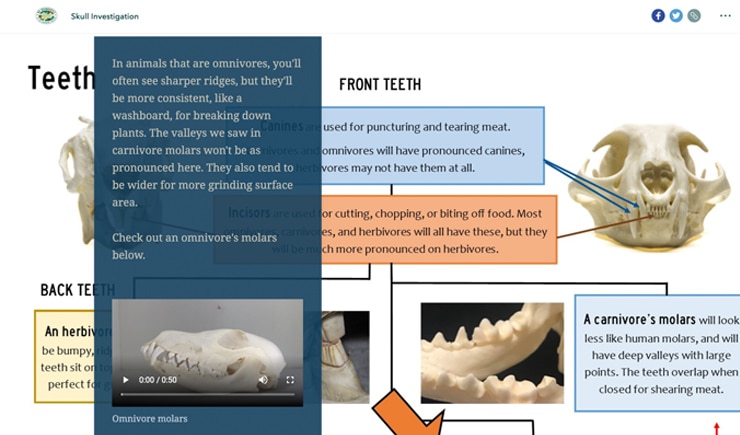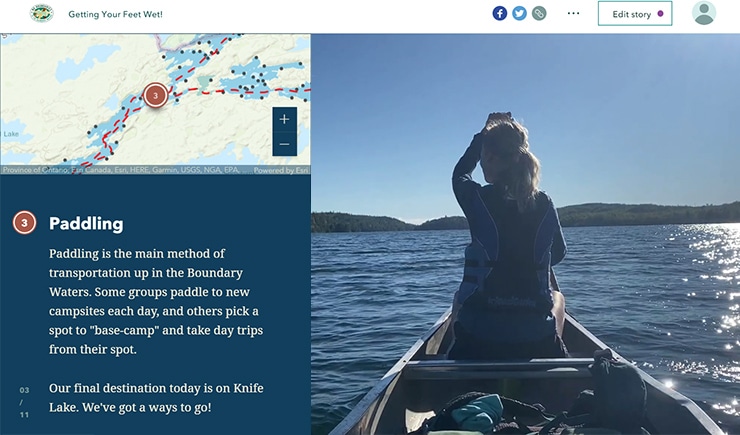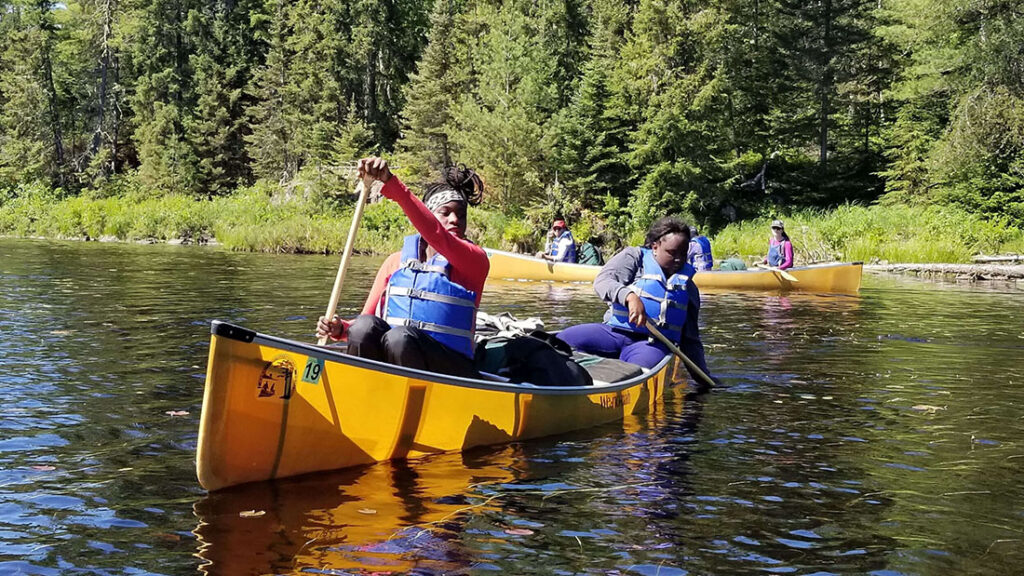
With virtual teaching tools, classroom visits, and even Boundary Waters adventures, an initiative from the Friends of the Boundary Waters Wilderness is aiming to connect thousands of Minnesota students to the Boundary Waters — and the natural wonders in their own backyards.
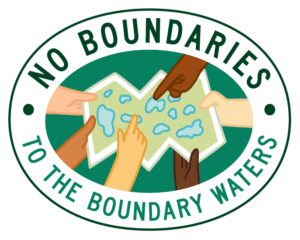
“No Boundaries to the Boundary Waters” seeks to provide environmental education that connects the concepts of the beloved wilderness to students’ home communities. It will also provide one-week wilderness trips for more than 250 schoolchildren, building on classroom education to have successful, positive experiences in the Boundary Waters.
The program staff and the students have already had to adapt to changing conditions, not so unlike a wilderness trip.
The project received a significant grant from the state of Minnesota last year, through the Environmental Trust Fund, recommended by the Legislative-Citizen Commission on Minnesota Resources. The Friends hired Alison Nyenhuis, and she starting developing curriculum and visiting schools around the state. The plan was to give classroom presentations to more than 3,000 students in grades 6 to 12 each year, with an emphasis on diverse and underserved children.
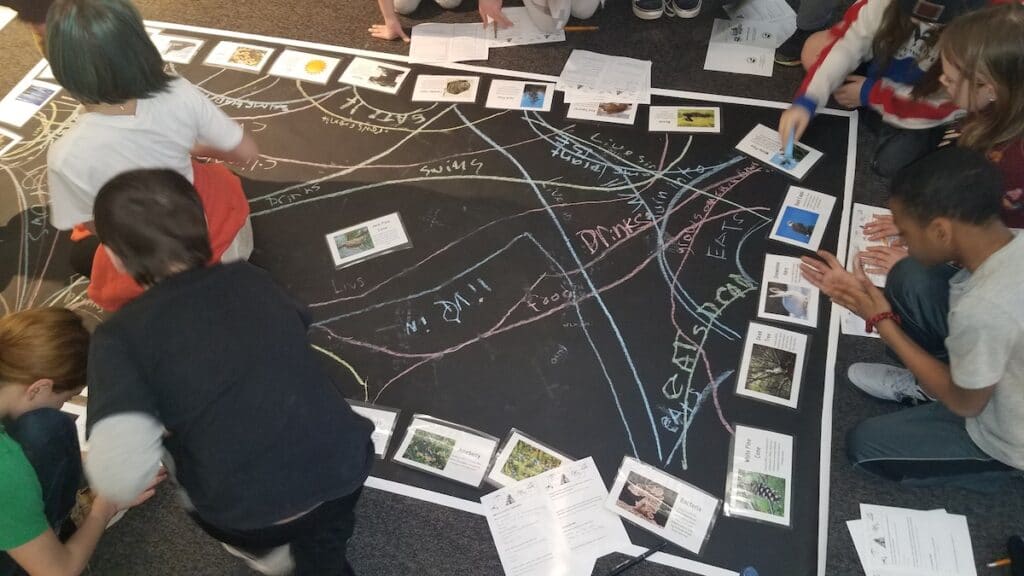
“Having been a guide in the BWCA myself, I know the amazing lessons that can happen there,” she says.
Then, the pandemic arrived, and the organization quickly adapted to new realities. School visits were cancelled. “I had developed curriculum and was starting to schedule school visits,” Nyenhuis says. “There was a lot of buy-in and I was excited to return for another session with the class I had my first visit with.”
With schools empty, Nyenhuis and colleagues spent the spring developing relationships, revising the materials, and talking to teachers about the best ways to reach students through distance learning.
The result is new online materials that are provided for free to any teacher who signs up for the program. There are online units, “Ask the Expert” video sessions, and other activities.
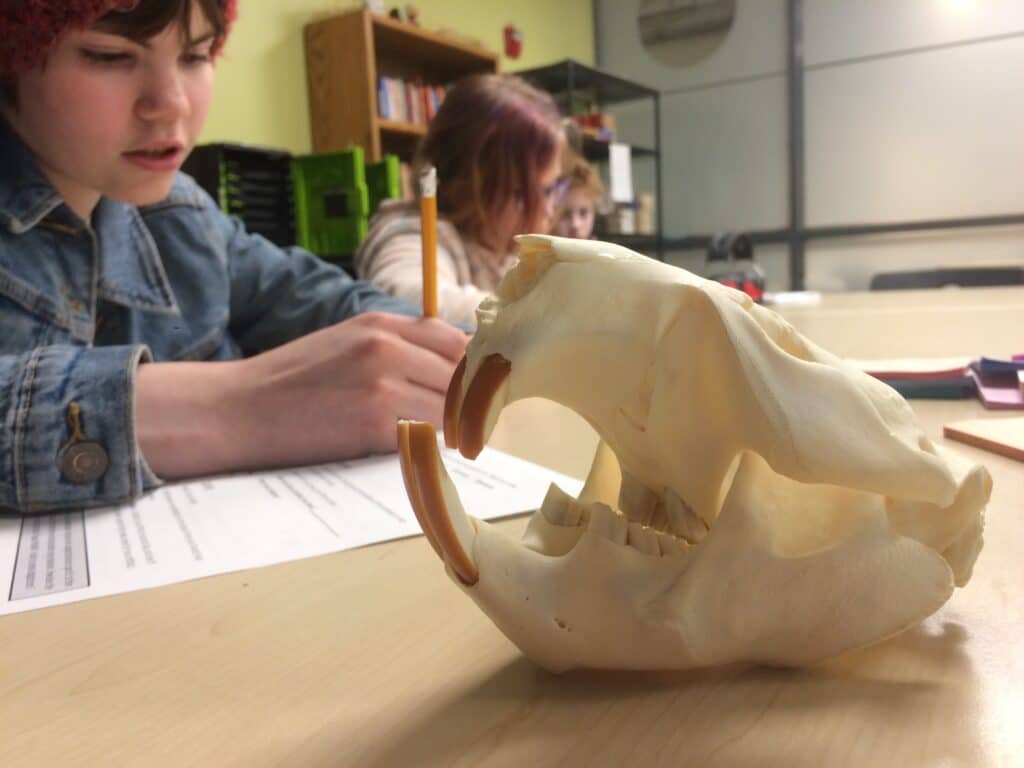
“Virtual trip planning, wellness kits, and online programming helped students experience a bit of what their wilderness experience might have been like — we even sent sporks!” Nyenhuis says. “Even though it wasn’t the Boundary Waters, the students had a blast and are anxiously awaiting next summer to go on their trip.”
The online activities “start at the computer but end in the outdoors,” according to the organization. Education themes include STEM (Science, Technology, Engineering, and Math), teamwork and leadership, outdoor skills, and the joy of wilderness. It can connect into state and federal standards, complementing other curriculum.
In addition to working with schools, the Friends is also partnering with other nonprofits to reach more students. Working with Project Success in Minneapolis, wilderness education will make it into every middle school in the city. The other organizations will also help increase the impact of the wilderness experience by continuing to build on it after students return home from the Boundary Waters.
Next spring, the Friends hope they can have small, safe outdoor programs for schools, with some success seen so far. If things go as planned, students in this pilot program will culminate the curriculum by traveling to the Boundary Waters.
“We are currently working on safe ways to send students to the wilderness next summer, and if this is not possible, we’ve got some great ‘at-home’ trip experiences we can build on,” Nyenhuis says.
While the program seeks to deliver real value to students and schools, the Friends also hope it will help the Boundary Waters in the long run.
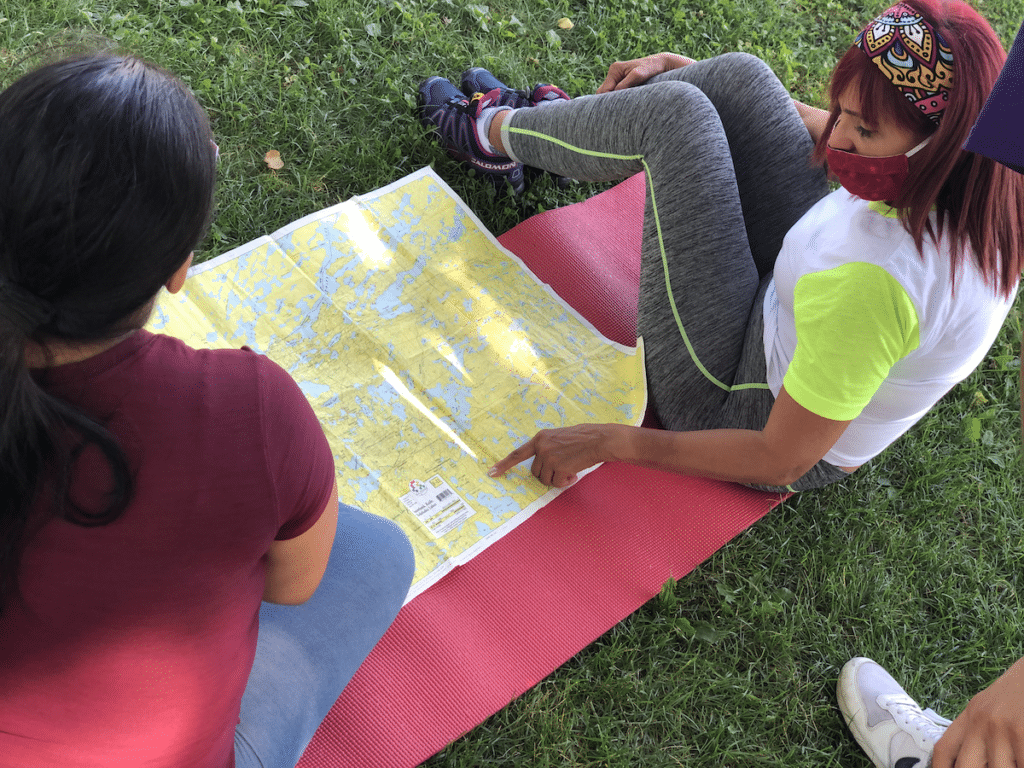
“The deep connections that students will develop with the Boundary Waters will lead to sustained awareness and care of wilderness areas,” the Friends said. “Minnesota benefits from its youth developing leadership skills, self-reliance, and an enhanced stewardship ethic.”
The Friends of the Boundary Waters Wilderness are seeking schools to participate in the pilot program, examples of the curriculum are shown here.
More information:



